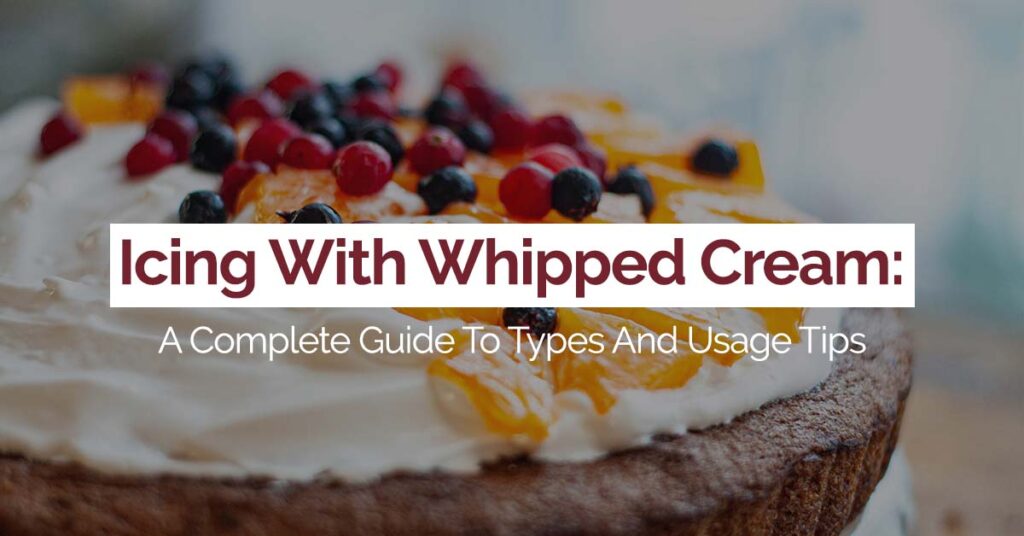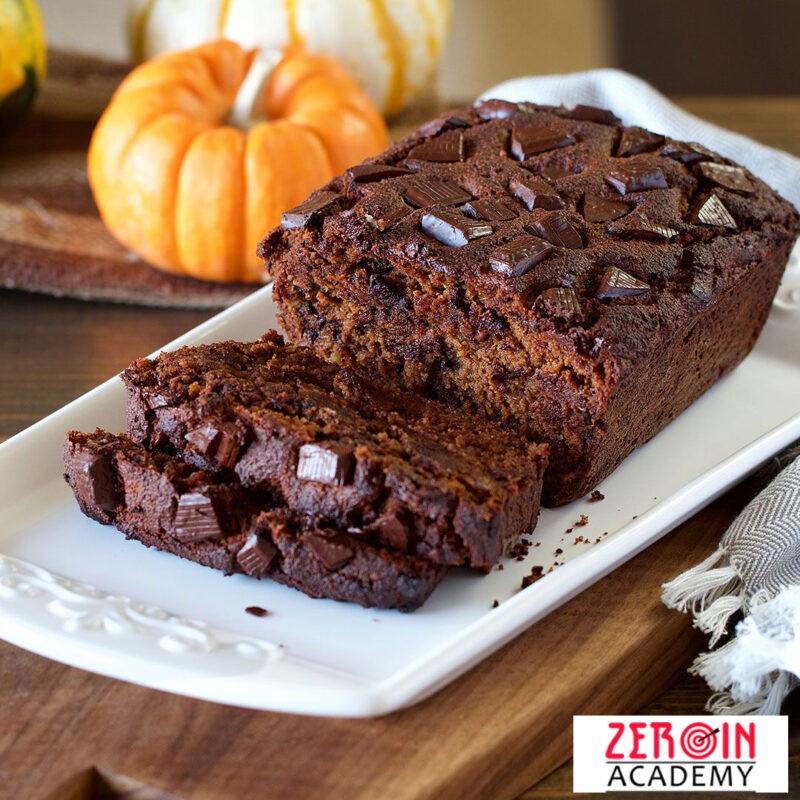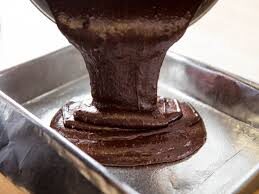
Whipped cream isn’t just a topping! It is one of the most versatile icings in all of baking. Light, airy, and so flexible in uses, whipped cream icing can coat sponge cakes, be textured or piped to decorate cupcakes, maybe frozen in ice cream cakes, etc. As with all icings, making the ideal whipped cream requires tinkering with the technique (it’s not as simple as just whisking it!). Students, in our Baking Institute In Chennai, learn the correct technique is of the utmost importance.
In this blog, we’ll explore what types of whipped cream icings exist, when to use each, as well as some simple tips to help you prolong your designs, and make them even more professional-looking.
Types of whipped cream icing
Basic sweetened whipped cream
The most basic version includes just heavy cream, sugar, and vanilla. This is best for items that can be served shortly after decorating like a layered trifle dessert or soft sponge cake items. However, it’s not very stable in warm conditions or over long design periods.
Stabilized Whipped Cream
For cakes that are going to need some holding power then adding a stabilizer is a good idea. Both gelatin and corn flour work well, as does any instant pudding mix because it adds structure to the cream without weighing it down. This version of whipped cream is ideal for piping borders, flowers, and spreading thin on cakes to refrigerate.
Chocolate Whipped Cream
To make whipped cream chocolatey and richer with a mousse sate texture, simply stir cocoa powder or melted dark chocolate into the whipped cream. It pairs perfectly with chocolate cakes and mocha sponges, as well as anything you want to finish elegantly without buttercream weight.
Flavored or Infused Whipped Cream
From rose and lavender to coffee and caramel infusions can elevate and transform your icing. These are particularly great for themed bakes and to counterbalance subtle sponge flavors.
Tips for Whipped Cream Icing
Chill Everything First
When you’re working with whipped cream, your cream, bowl, and beaters need to be cold. Humanity will also contribute to the risk of separating your cream or simply not being effective in whipping it.
Whip Wisely
Over Whipping whipped cream is an easy trap to fall into. If you’re going for a relaxed, spreadable texture to pipe onto desserts, then stop at soft-to-medium peaks. If you are aiming to pipe the whipped cream, you will want to stop between medium and semi-stiff peaks.
Put Stabilizer in at the Right Time
If you’re using gelatin as your stabilizing agent, make sure to dissolve and cool before using. You will want to add it when you have soft peaks to ensure proper incorporation and overall texture.
Use Just Before Serving (Unstabilized)
Basic whipped cream loses its volume over time; if you are using a basic whipped cream with no stabilizer, make sure not to ice your cake until close to serving time to avoid a deflated whipped cream (unless you are whipping a second batch of cream to re-ice).
Storing It Right
It’s important to keep desserts coated in whipped cream-icing in the refrigerator, even if the cream has been stabilized because they won’t withstand high heat or the outdoors for long.
What You’ll Learn at Zeroin Academy
The team at Zeroin Academy is not only going to teach you recipes. They are going to give you in-depth exposure to whipped cream icing and all of the different techniques e.g., manipulating texture, piping, etc. Our trainers will show you how to balance flavors, texture, consistency, and then to finish cakes that taste as good as they look.
Whipped cream icing may appear easy, but its variety can be overwhelming. Whether you are seeking an organic finish or sophisticated layers, knowing the types of icing and the differences in usage can help you achieve consistent professional results. In reality, if you are looking to learn how to master the skill from scratch, you can take our cake baking classes in Anna Nagar knowing you are getting expert training with hands-on work in the kitchen.

